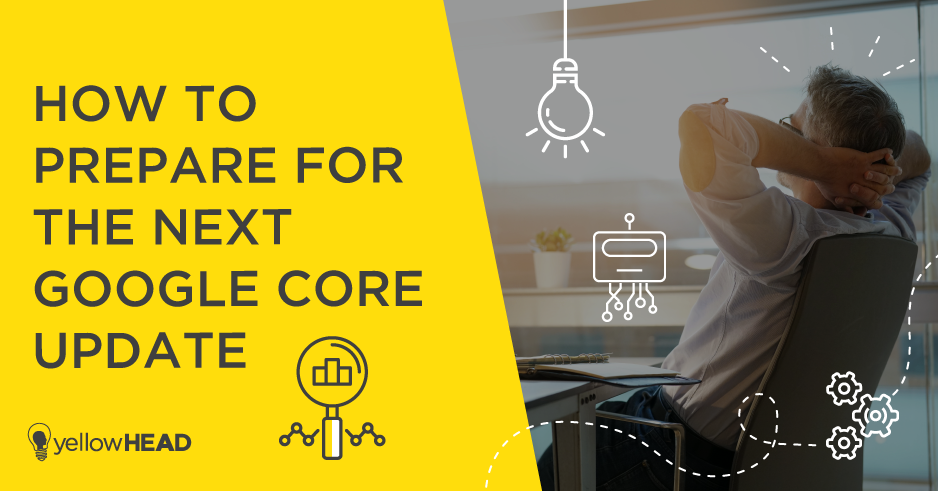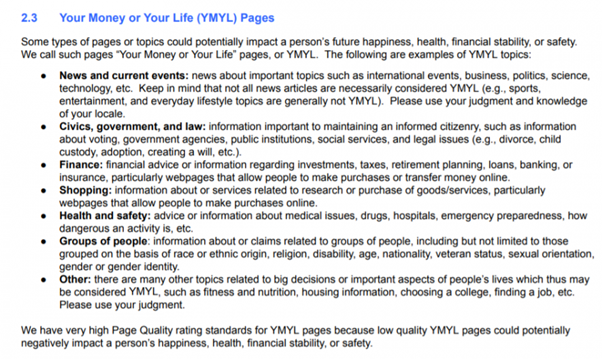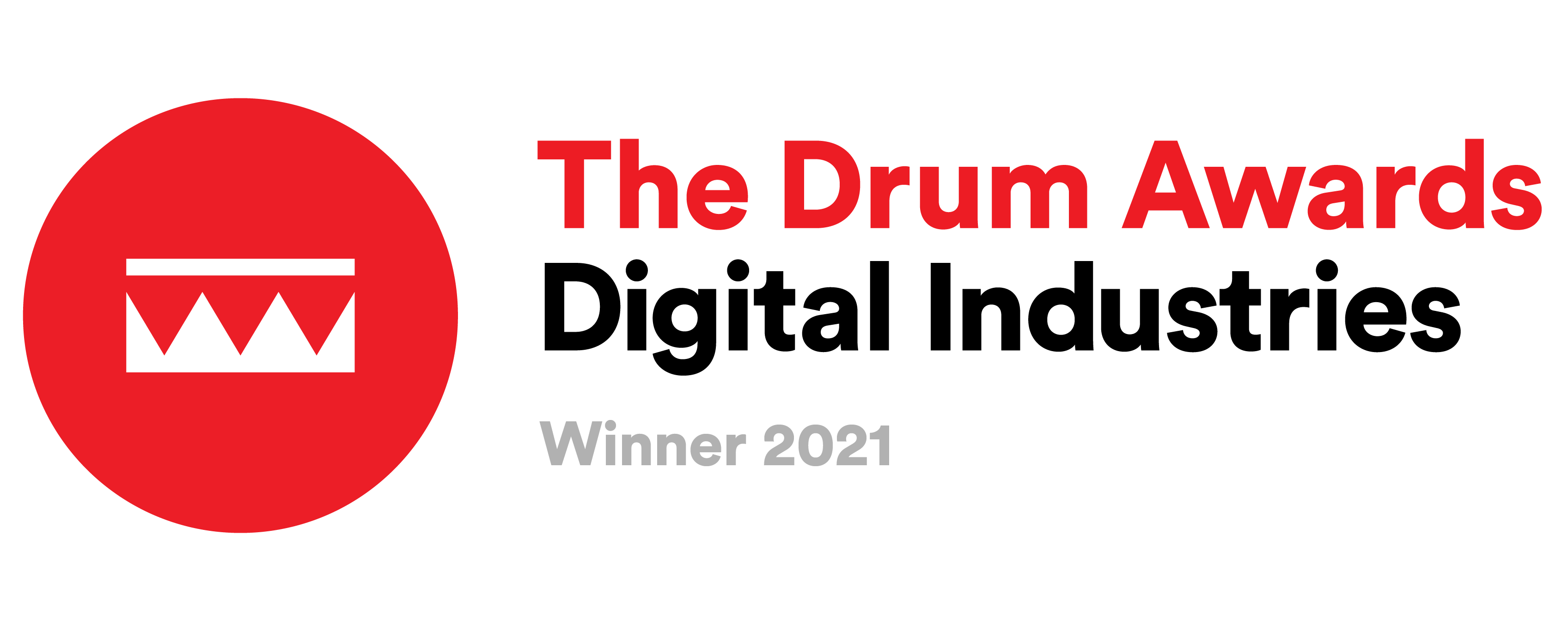How to Prepare for the Next Google Algorithm Update
What is a Core Algorithm Update?
A core Google algorithm update is a massive update released by the company from time to time (usually twice a year) that introduces fundamental changes to the way Google indexes websites and ranks them. The company refers to it as a Broad Core Algorithm Update, and it is designed to introduce changes to the way Google search algorithms work.
To simplify matters, the Google Core is made of the following components:
- Backlinks
- PageRank
- Web Vitals
- RankBrain
- Schema
- Relevance
- HTTPS
The Core Web Vitals were introduced along with the Web Vitals initiative by Google. These vitals represent a distinct aspect of the UX (user experience) of a website, and can be measured.
They are currently not a factor in terms of relevance, but they will be for the next update. To stay ahead as the next update rolls around, you might want to focus on them starting now.
According to Google, the Core Web Vitals shall evolve with the passage of time. In 2020, the company introduced three metrics, as given below:

Source: https://web.dev/vitals/
LCP measures the loading performance of a website. It should be under 2.5 seconds. FID focuses on interactivity, and it should fall below 100ms. Finally, CLS focuses on visual stability, and the score should remain below 0.1 for the website to remain in Google’s good graces.
But, as mentioned above, the vitals are just one part of the Google algorithm update. Similarly, you have to think about other aspects, like the backlinks leading to your page. The Google Core update might include updates to different things, such as:
- E-A-T (Expertise, Authoritativeness, Trustworthiness): These are three factors that Google uses in order to measure the amount of trust it can place in a page. It’s virtually impossible to capture this using a single algorithm, so Google employs a series of algorithms for this.
- YMYL (Your Money or Your Life) Topics: For YMYL topics such as medical advice, financial advice, legal issues, and others, formal expertise is now an important factor. Because the stakes are so high for such content, Google also takes this seriously. Only experts with relevant expertise should write YMYL content for your site. Here’s what Google says about this:
- Infrastructure: The Google Core update is likely to introduce changes to the infrastructure and the search algorithms, which alters the way pages are ranked or indexed on the search engine.
- Broad Signal Calculations: The Core Update is likely to change the method used for calculating broad signals. For instance, when the company introduced Medic in 2018, it affected a host of different websites. That’s because Google updated the Core to reconfigure its quality and trust system for all kinds of YMYL (Your Money or Your Life) websites. This also affected the way information was shared between different search algorithms.
This is by no means an exhaustive list. Apart from this, the company usually updates around 250 other components like BERT. Google describes a new Google update best by saying:
“One way to think of how a core update operates is to imagine you made a list of the top 100 movies in 2015. A few years later in 2019, you refresh the list. It’s going to naturally change. Some new and wonderful movies that never existed before will now be candidates for inclusion. You might also reassess some films and realize they deserved a higher place on the list than they had before.
The list will change, and films previously higher on the list that move down aren’t bad. There are simply more deserving films that are coming before them.”
If you want to stay ahead of the competition when a new Google update rolls around, you need to understand the key ranking factors.
Here are a few tips to prepare your website for the next update.
Follow Google’s Guidelines
The company recently updated its Search Quality Raters Guidelines in October 2020, and it’s important that you go through them and tailor your website accordingly. For instance, when focusing on E-A-T, the company requires a website owner to understand the true purpose for their page.
They also take into account the following:
- Expertise of the Main Content creator
- The authoritativeness of the website, the Main Content creator, and the Main Content
- The Trustworthiness of the site, the Main Content, and the Main Content creator
The quality of content you produce must be high. It should be produced by someone who knows the topic at hand too. Producing generic content is no longer enough to rank high. Similarly, the amount of information needed for assessing your E-A-T varies based on the kind of site you have.
For instance, YMYL websites must have comprehensive information about the content creator. If your website processes financial transactions, it should have detailed customer service information to ensure that users are able to resolve issues.
Content Tips – How to Tailor Your Content to Google’s Search Algorithms
To prepare for the next big update, you need to work on the quality of content you produce. Quantity is no longer an important factor, so it’s imperative that you avoid posting automatically generated content. More importantly, when posting content, it always pays to have a dedicated profile for the author.
More importantly, avoid posting content that doesn’t have any meat. “Thin content” does not do much, especially if you have just rewritten an article by taking inspiration from another website.
If you want your website to rank high when the next major update rolls around, you have to make sure that your website only focuses on original content.
Similarly, avoid adding hidden links on text on your website, as the search engine frowns upon such practices. It is a violation of Google’s Webmaster Guidelines as well.
This all seems fairly simple, right? When it comes to content, you need to start by cleaning house first. Get rid of any unoriginal pieces or update them for relevance and make sure that all content creators have provided and contributed something of value to the topic they are writing about.
Also, always write content that can be used as featured snippets and optimize the images. Chunks of text with keyword optimization are no longer going to cut it. Never stuff keywords in articles; make sure the content is coherent and reads well.
On-Page SEO to Prepare for the Next Google Core Update
There are a bunch of different on-page SEO practices to follow to ensure that your website remains at the top when Google introduces another core update. Here are some important ones to follow.
1. Hello BERT!
BERT is the natural language processing (NLP) approach that Google’s search engine uses to go through natural language text that it crawls on the web. It stands for Bidirectional Encoder Representations from Transformers and is an open-source deep learning algorithm.
Simply put, it allows the search engine to read your content with context. Instead of analyzing web pages, it focuses on search queries, so poorly written content will suffer. You have to focus on long-tail keywords to ensure that your content reads well.
2. A Well-Defined Site Structure
Digital marketing professionals already know the importance of having a well-defined site structure. If your website hierarchy is all over the place, your ranking will suffer. Fortunately, this is easy to rectify. You have to make sure that the different pages on your website link properly with each other.
Introduce navigational elements like internal links, page buttons, and hyperlink your content to make it easy for a user to move around your site. Internal linking is critically important as it significantly improves navigability.
3. Optimize Headlines
If the headline doesn’t relate to the information in the paragraphs below, your website’s ranking will suffer. When thinking of an appropriate headline, go through the paragraph and make sure the content is relevant. If your heading focuses on Topic X and the paragraphs focus on Topic Y, you are doing it wrong.
4. Optimize Images
Make sure that the images used on your site are not overly big in size, as that affects the time it takes for your website to load. Apart from that, make sure that the images do not disrupt the flow of content. Compress them if you have to, and always make sure that they are strategically placed in between the text.
5. Avoid Fake Reviews
This one’s fairly obvious. Google has more than 200 algorithms working to ensure that the information displayed through its search engine is true. Fake reviews are a form of deception, and once the algorithm figures this out, your page’s ranking will tank. Don’t do it.
Off-Page SEO Techniques to Prepare for Google Algorithm Changes
Once you are done with the on-page SEO, it is important to focus on off-page SEO practices as well. Here are a couple to work on to ensure you remain ahead of Google’s ranking system.
1. Always Link to Reliable Sources
The quality of content that you link to is also an important factor. If you consistently give links to shady websites, Google will take notice. If you are not sure whether a resource is reliable, always add a “nofollow” link. As a rule, adding the “nofollow” tag is generally good practice.
2. Avoid Link Referral Spamming
If every single content piece that you produce is brimming with links to other websites, Google will categorize them as spam links. The search engine will automatically downgrade your page’s ranking because of this. Don’t try to game the system. Make sure that the content has reliable links from websites with decent traffic and rankings. It should also be relevant, or preferably from the same industry.
Technical Changes
We have already covered the guidelines associated with the Core Web Vitals. However, when we talk about the technical aspect of websites, here are a few things to focus on.
1. Focus on Page Speed
Always pay attention to the time it takes for your website to load. Google recommends that the ideal page load time for your website, both on mobile and desktop, should be below three seconds.
2. Move to the HTTPS Protocol
If you haven’t already, you should consider moving to the HTTPS protocol. It is much more secure and encrypts the transfer of resources from your website. Google takes security seriously, and you should too.
3. Improve Your Website’s Crawlability
Crawlability is an important factor that will affect your website’s ranking. Make sure to avoid any 301 redirect chains as it will ruin your SEO strategy. Always add 4xx error pages as well so that Google’s crawlers are able to move efficiently through the website.
4xx error pages are easy to deal with, but 5xx server errors are a different ball game altogether. Server instability could cause crawl stats to decline, and ultimately lead to a drop in your rankings.
You need to get your engineering team to evaluate the overall load for Single Page Applications before they are implemented.
Then, you also have to create the Sitemap and the robots.txt file. These allow Google’s crawlers to move through your site. These are designed for the company’s robots and search engines and make crawling much easier.
4. Mobile-First Index
You have to ensure that your website is mobile-friendly as per Google’s guidelines. Google measures your website based on its mobile version.
The mobile version needs to load quickly and should be responsive so that all the pages load up quickly. Also, use the same meta robots tags on the desktop and mobile site.
It’s also important to avoid lazy-loading primary content based on user interaction. The Googlebot won’t be able to see such content. Make sure that it is able to view the lazy-loaded content.
Work on the User Experience
If you want to make sure that your Google ranking remains unaffected, you have to understand that their algorithms take a holistic view of a website. It’s all about the value that your website provides, according to John Mu. You must evaluate your website from both a technical standpoint and the user’s perspective.
Mobile friendliness is more important than ever before. It falls under the umbrella of user experience, so you have to make sure that your website is responsive on all devices. Before launching your site or after changing the theme, you should always check whether your site scales properly when accessed through different devices.
In fact, the company introduced a “mobile-friendly” label as well for websites back in 2014. It went away in 2016 when the company announced that more than 85% of all web pages meet the criteria. Fast forward to 2021, and this is all the more important.
Extensive testing is generally required in this department to check the web performance on multiple updates. Your site speed must not suffer when accessed through different devices as well. A comprehensive evaluation of both technical and user-level aspects is required to improve the user experience.
Similarly, you also need to focus on intrusive interstitials. These are just popup ads that show up on mobile and block a significant portion of the page which affects the user experience. Here’s how Google portrays them:

Source: https://developers.google.com/search/blog/2016/08/helping-users-easily-access-content-on
Because screen real estate is considerably low on mobile phones, these intrusive interstitials block the content, thus ruining the UX.
These are just some of the many steps that you can take to make sure that your website continues to rank high. Keep in mind that when an update rolls around and rankings change, it’s actually websites that better conform to the changes that climb up the ranking ladder, instead of websites losing their spot despite doing nothing wrong.
How Can You Prepare for a Google Core Update?
If you want your website to be ready for the next Google Core Update, here are some simple steps to take:
- Focus on building a responsive website with a mobile-first index
- Get quality links from relevant sources
- Write quality content that delivers value
- Move to the HTTPS protocol
- Ensure that your pages load quickly




















